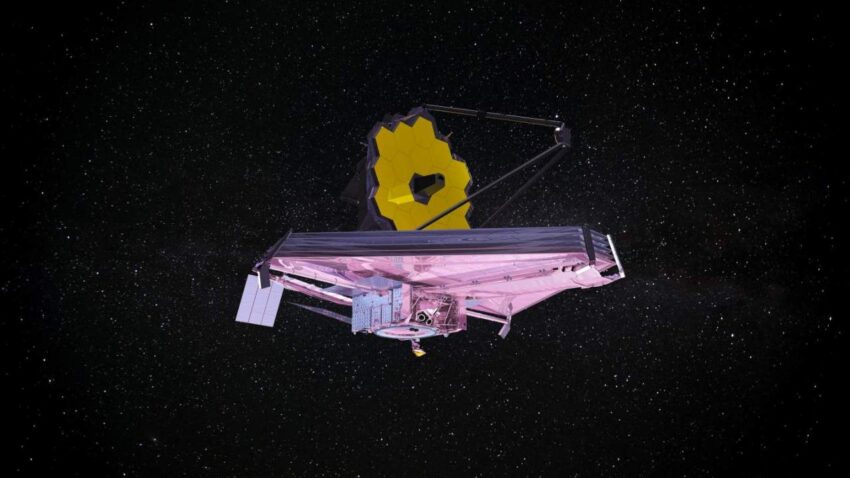Track NASA’s Webb Space Telescope in Real-Time

NASA’s James Webb Space Telescope (JWST) was finally launched on December 25 after a slow pregnancy process that began again in 1996. While the launch was full success, there were many more phases of travel and the spread of telescopes that remained incomplete and necessary. To go without obstacles before NASA, space agents who work together and the wider and public scientific community can sigh with relief. Fortunately, with the magic of modern technology, NASA has allowed anyone who wants to see the mission successfully follow as a JWST adventure revealed, literally, literally, literally, literally, literally, literally, literally, literally, literally, literally, literally, literally, literally, literally, literally, literally, literally, literally, Literally, literally, literally, in real-time.
NASA’s website “where Webb” has direct infographics driven by data that shows JWST statistics (or only “Webb” as people in calling it), because it makes your way to the position of the orbit, around 1 million miles (1.5) million km) from Earth . Because many of you will have guessed, which places it well from the Earth’s orbit where Hubble’s outer space telescope has orbits at an altitude of about 570 km and exits in a deep room. Webb orbital insertion point is known as Lagrange Point (L2). This orbit will place a telescope in accordance with the earth when orbiting the sun. This position is chosen as, in conjunction with Sunshield Webb, will provide maximum protection from the light and heat of the sun, the earth and even the moon. [NASA]
The site “Where Webb” is currently planning every step of Webb travel including various distribution of components that have been carried out or will be done and approximately when each of these critical phases will take place. With a mirror measuring 21 feet (6.5 meters), Webb must be designed to be folded so that it first enters the launch vehicle. In this case, Webb needs to be tightly tucked in the Ariane rocket 5 European space agencies, which have a charge fairing that runs 18 feet wide (5.4 meters). This is what requires complex opening and deployment processes currently carried out by Webb.
After Sunshield is fully deployed, the mirror segment will then start opening and locking it to complete the dish. It will start from around the 10th and last to day 26. At the time of writing, Webb is more than three days in its mission of approximately 37 percent of the road to L2 orbit. It managed to spread the AFT pallet structure that was put together (UPS), which brought five membranes of sunlight folded. In total, NASA said 140 release mechanisms, 70 hinge assemblies, 400 pull and 90 cables needed to work perfectly or the $ 10 billion project could be in vain.



Leave a Reply